FLASHBACK! 2023 WISECO/FASTHOUSE WORLD TWO-STROKE CHAMPIONSHIP (PLUS VIDEO)
THAT WAS THE YEAR THAT WAS! 2023 WISECO WORLD TWO-STROKE CHAMPIONSHIP
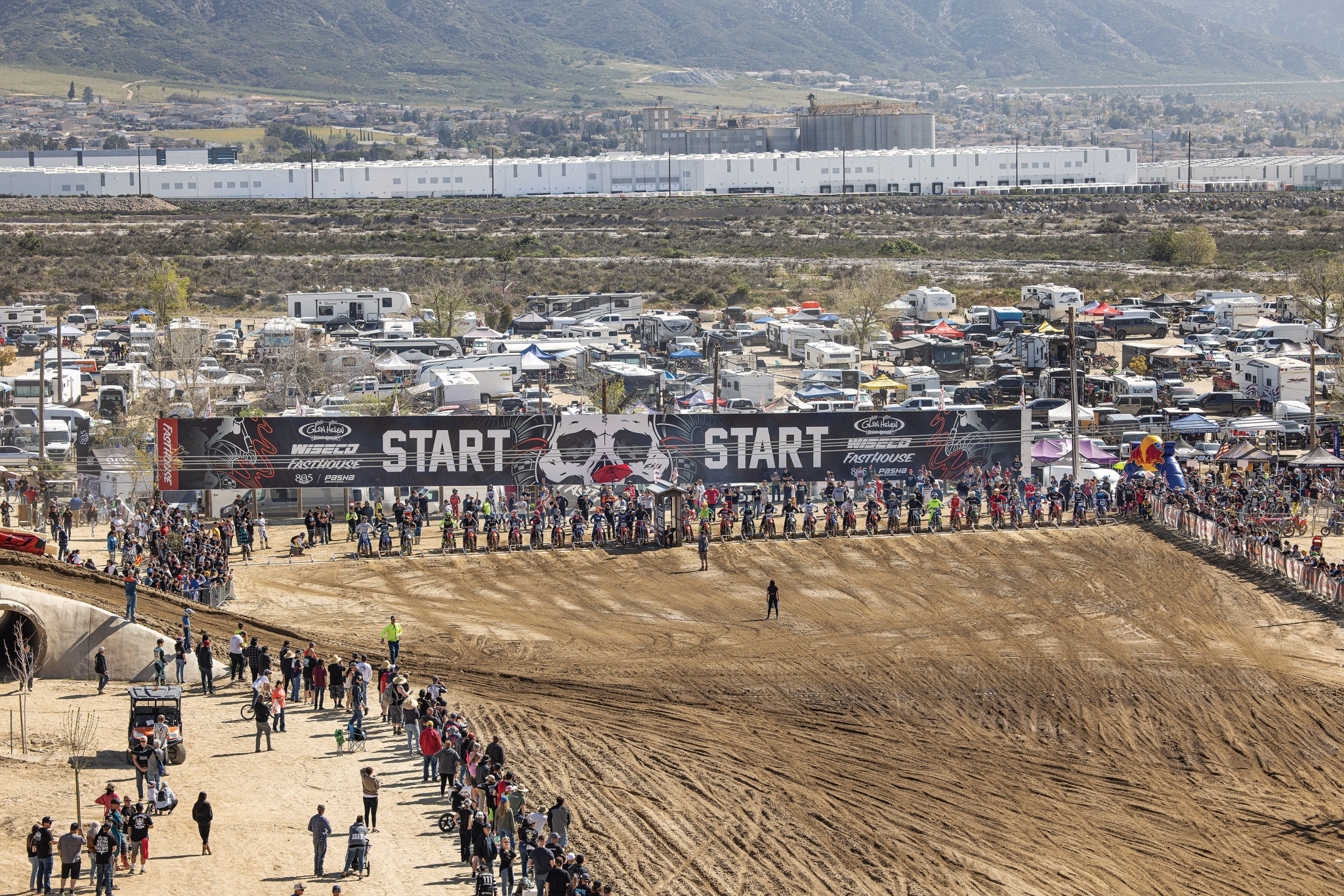
Back in the dark days of two-strokedom, four-strokes were rapidly wiping two-strokes off the face of the earth in consort with Suzuki, Honda and Kawasaki, and aided in no small part by crackpot AMA rules that gave four-strokes a massive displacement advantage while outlawing the leaded-fuel two-strokes needed to run up to their potential. Within a few years, the two-stroke was on life support.
THERE WAS A SILVER LINING TO THE JAPANESE BRANDS ABANDONING TWO-STROKES. WHAT WAS IT? KAWASAKI, SUZUKI AND HONDA HANDED THE TWO-STROKE MARKETPLACE TO KTM—AND THE AUSTRIANS KNEW WHAT TO DO WITH IT.
When four-strokes returned from the dead with the 1998 Yamaha YZ400, there was a changing of the guard. Two-strokes were out and four-strokes were in. With the exception of KTM, all research and development on two-stroke technology was stopped. The manufacturers didn’t believe in spending money on tech that would never see the light of day.
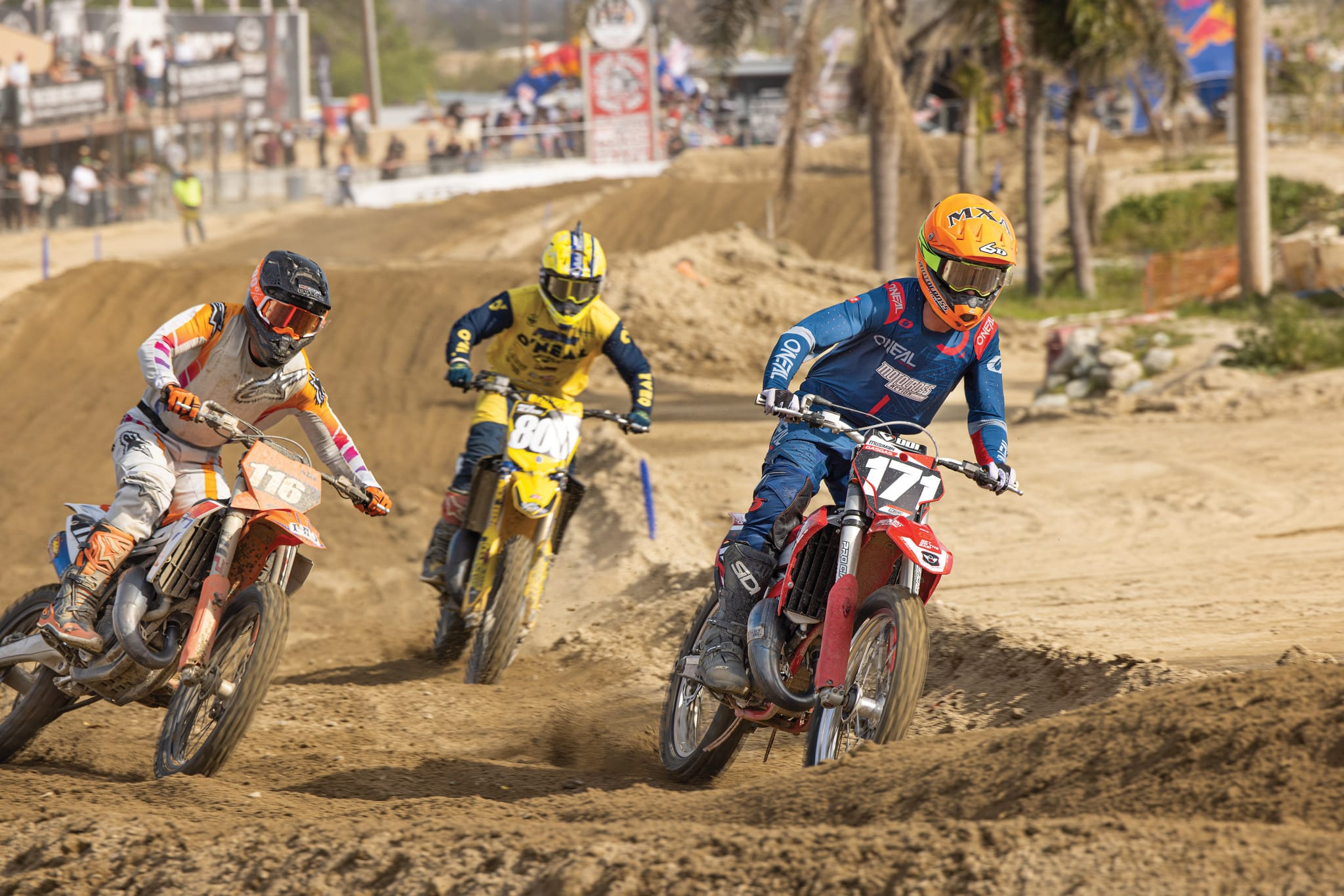
USED TWO-STROKES ARE LIVING SECOND AND THIRD LIVES. THEY ARE PASSED DOWN LIKE FAMILY HEIRLOOMS, WITH JUNIOR RACING DAD’S OLD 2001 CR250—AND THE THRILLS ARE NO DIFFERENT ON A $1500 TWO-STROKE BEATER THAN ON A 2023 CRF450 WORKS EDITION.
In our splintered society where every issue has two angry sides, the four-stroke-versus-two-stroke culture clash seemed to have been won by the thumper. But, with each passing year, as two-strokes faded from the lives of young fans and racers, they became more iconic in the minds of the hardcore, who not only wished to preserve the two-stroke but to also make it flourish.

THE ONLY THING THE TWO-STROKE MOVEMENT NEEDED WAS A SHOWPIECE MOTOCROSS EVENT THAT WOULD BE THE EQUIVALENT OF “WOODSTOCK ON WHEELS.”
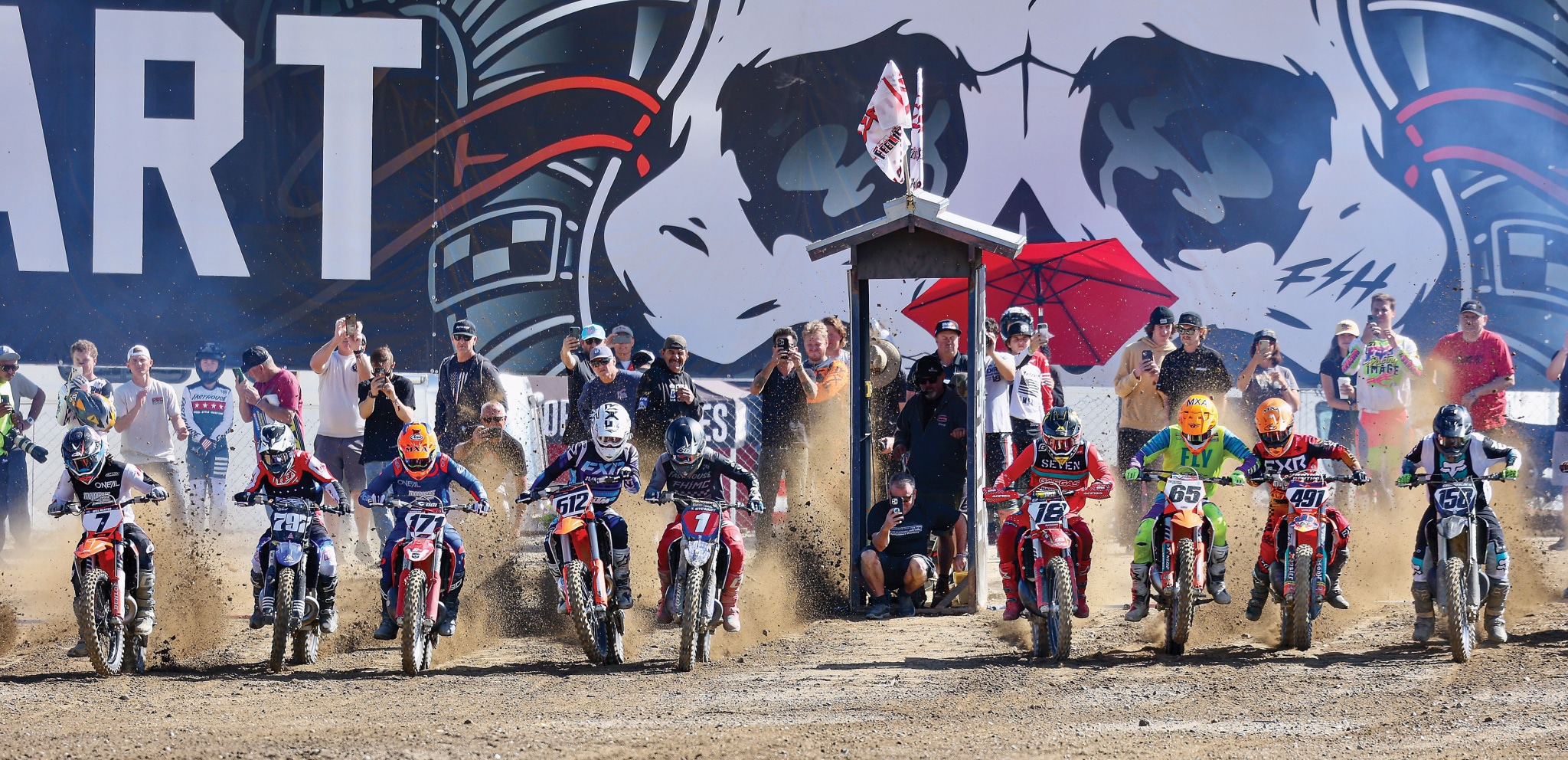
The demise of the two-stroke seemed like a foregone conclusion in the early 2020s. But, there was a silver lining to the Japanese brands abandoning two-strokes. What was it? Kawasaki, Suzuki and Honda handed the two-stroke marketplace to KTM (with Yamaha maintaining a presence), and they knew what to do with it. Unlike the Japanese brands who went all in on four-strokes, KTM expanded their two-stroke line, guided by men in the front offices who raced motorcycles themselves. In the process, KTM hit two-stroke gold. The Austrians spent R&D money to build competitive two-strokes for off-road, motocross and play riding. They didn’t do it alone, as they were supported by the retro-mod movement, custom builders, two-stroke restorers, hop-up shops and the never-say-never two-stroke faithful.
KTM’s two-stroke sales numbers grew to be larger than the Japanese brands’ four-stroke figures. Although locked out of motocross and Supercross by the AMA’s displacement and fuel regulations, they flourished at GNCC races, where they represented 80 percent of the bikes at each race. The only thing the two-stroke movement needed was a motocross equivalent of “Woodstock on Wheels.” That came in 2010 when the World Two-Stroke Championship was founded. It started small, but grew every year over the next 14 years to reinforce two-strokes as affordable, lightweight and easy-to-maintain racing motorcycles.
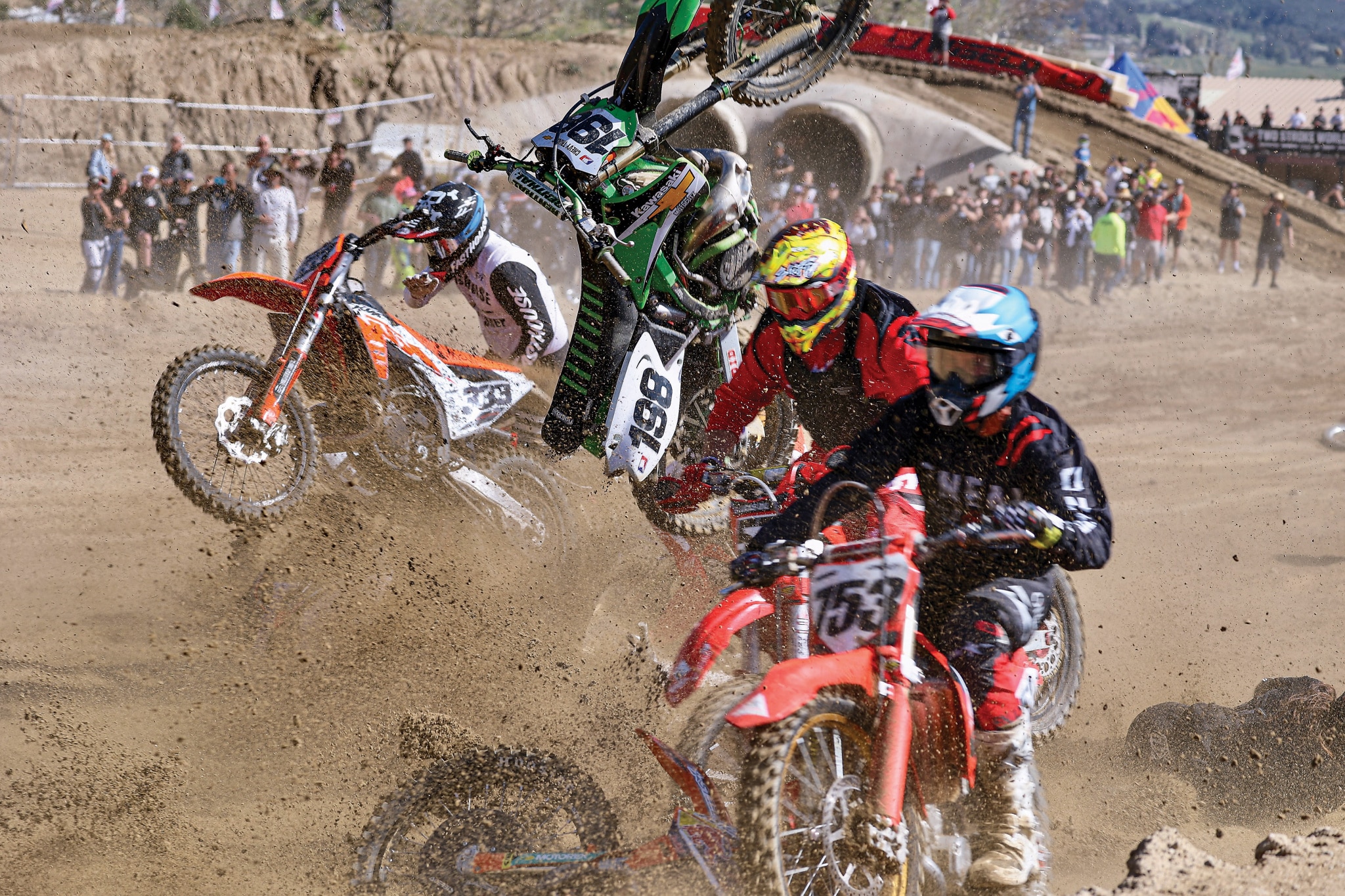
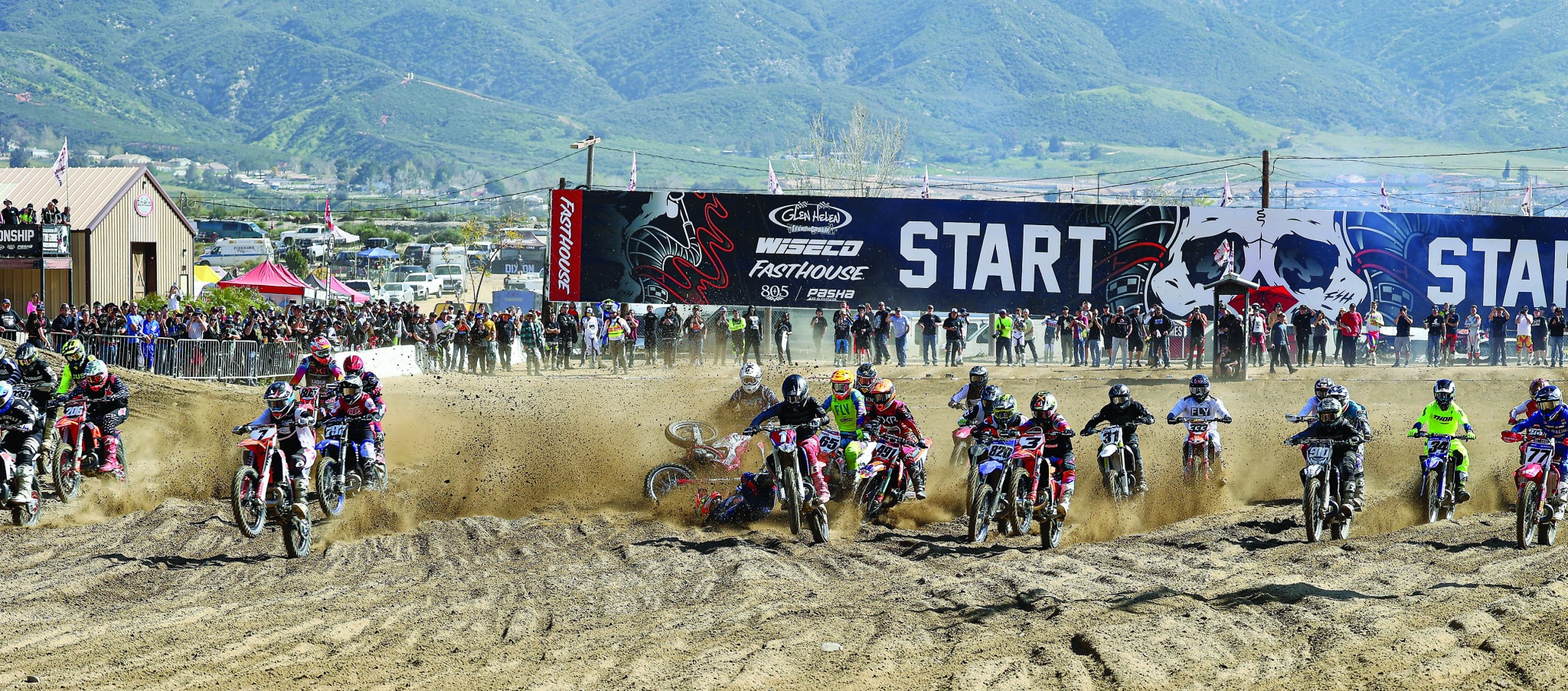
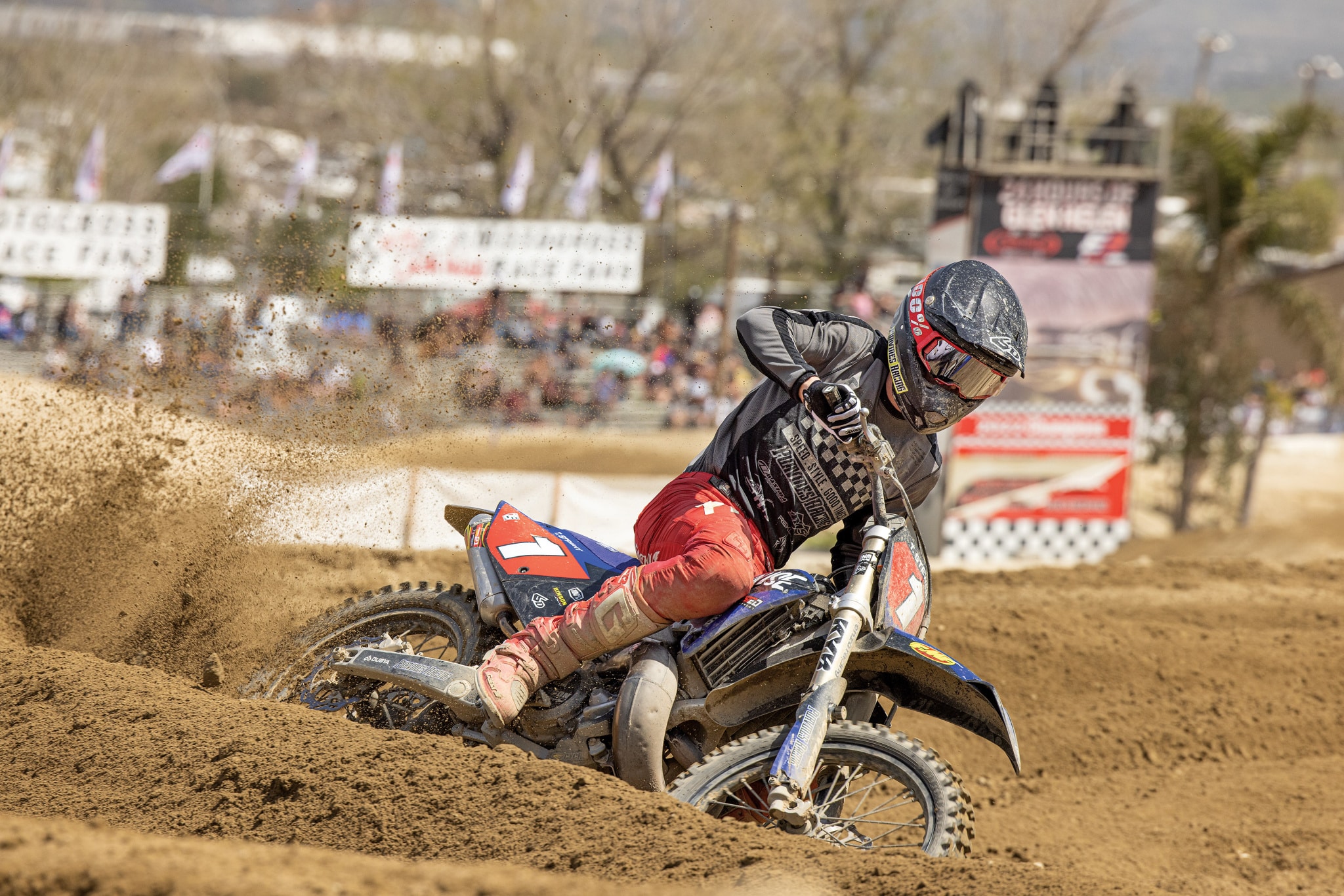
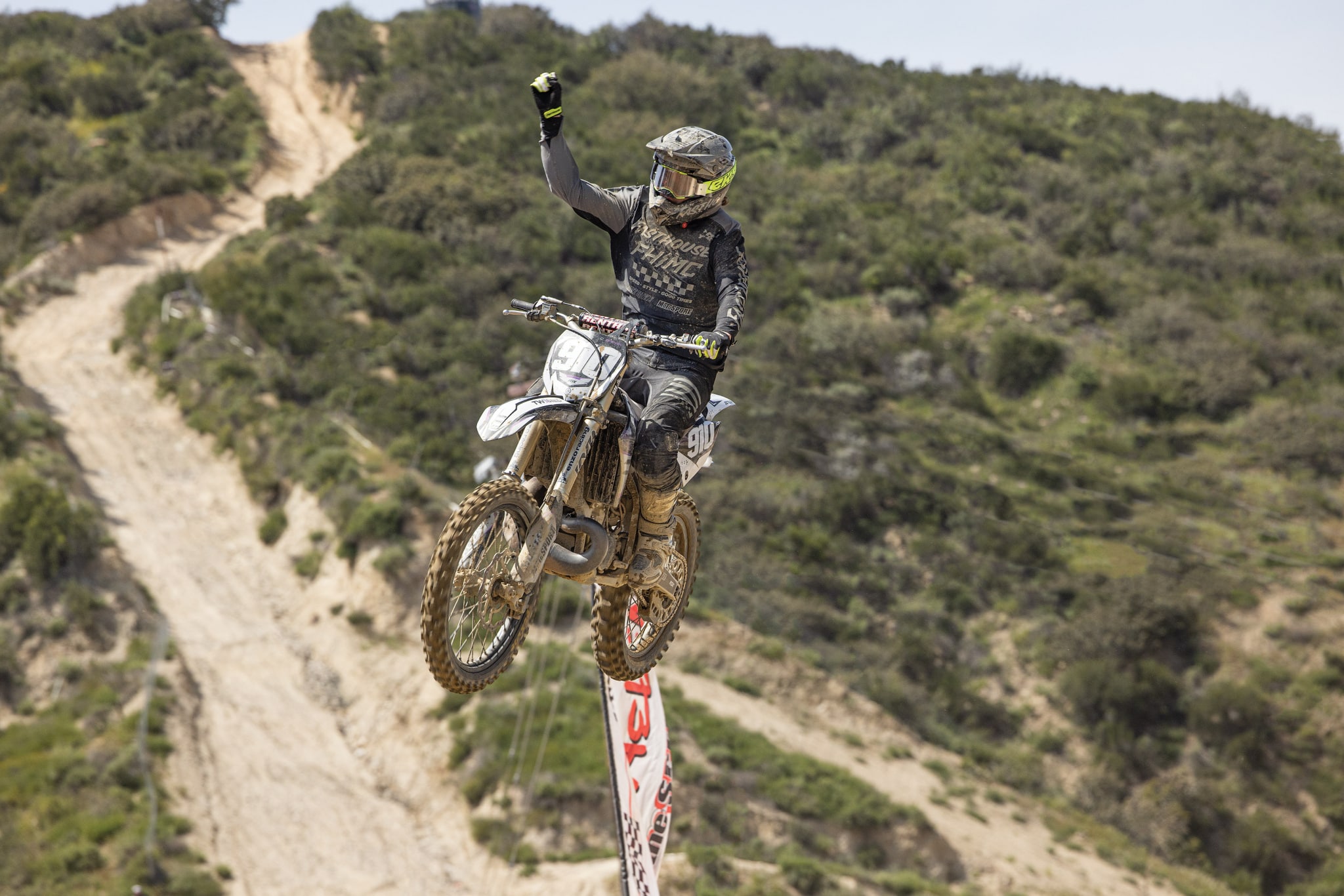
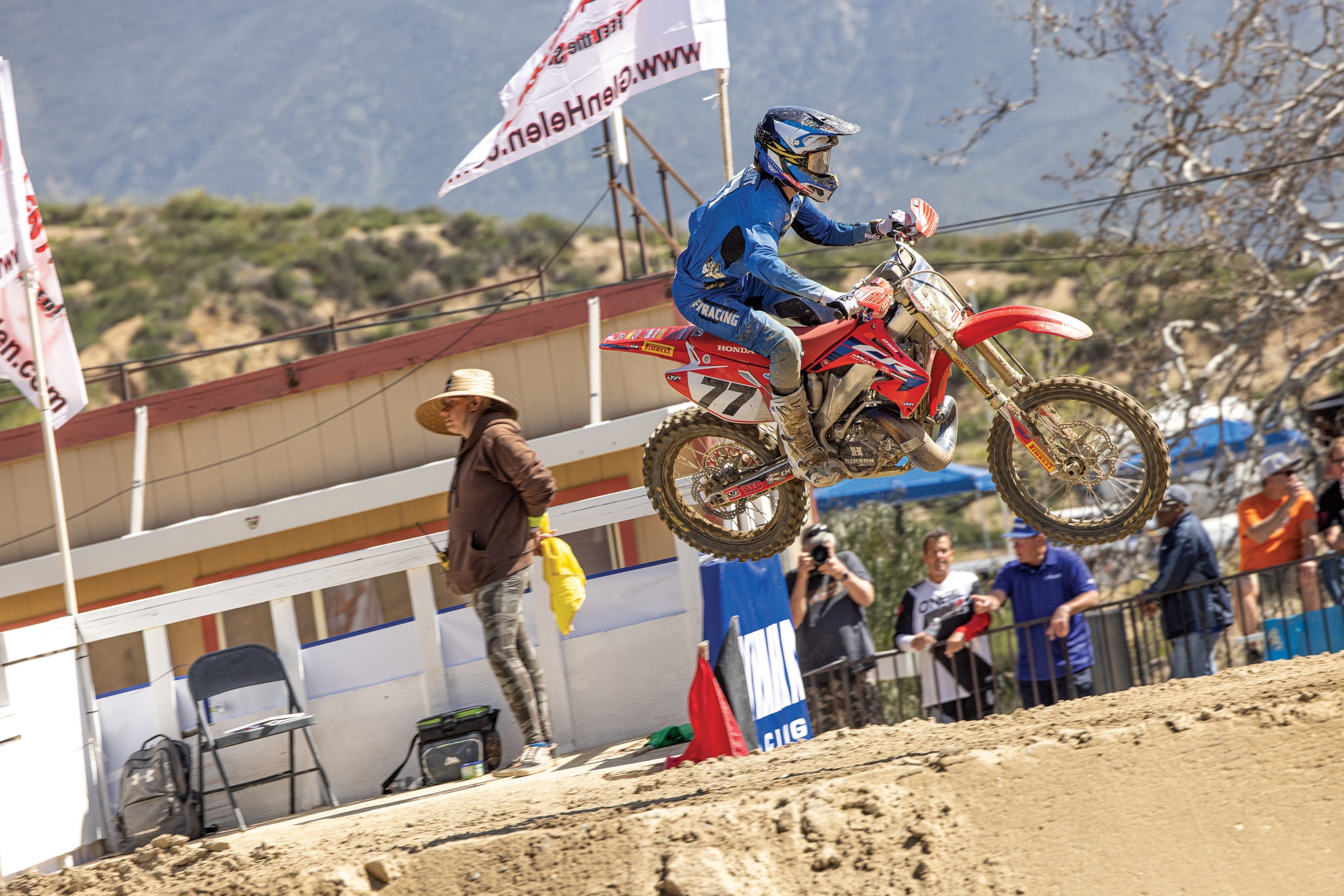
It is true, you don’t see the factory stars racing two-strokes anymore, but you don’t see them out in the garage wrenching on their own bikes, either. Or, at the bank financing next year’s machine or hooking up a computer to their wonder steeds to get them to run right. They are the pampered rich—and have thousands of followers. However, way below Tomac’s, Webb’s, Anderson’s and Roczen’s world, there has been a two-stroke revolution brewing.

AND JUST LIKE OVER THE LAST 13 YEARS, THEY CAME TO GLEN HELEN FOR THE 14TH ANNUAL WISECO/FASTHOUSE WORLD TWO-STROKE CHAMPIONSHIP TO PROVE THAT TWO-STROKES ARE ALIVE AND KICKIN’.
Two-strokes have become an underground movement. It is often said that the best-selling motocross bike every year is not that shiny four-stroke in your dealer’s showroom, but a well-used Yamaha YZ250 two-stroke. Two-strokes are rolled out of the dank corners of garages across the country, traded like gold bullion, and lavished with upgraded plastic, fancy graphics and top-end kits. Used two-strokes are living second and third lives. They are passed down like family heirlooms, with Junior racing Dad’s forgotten 2001 CR250. It’s affordable fun—and the thrills are no different on a $1500 two-stroke beater than on a $12,400 2023 CRF450 Works Edition.
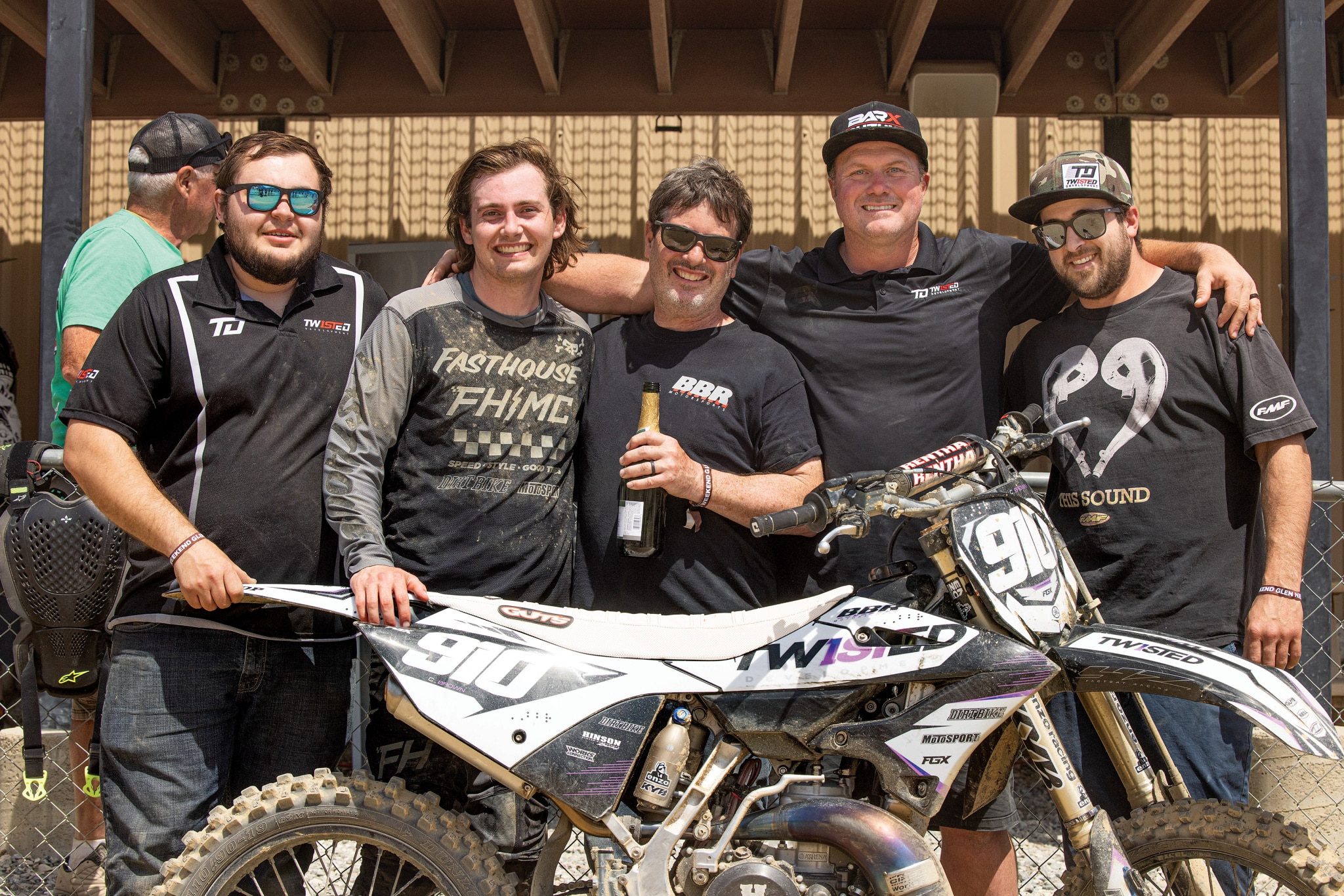
The world may not appreciate the two-stroke, but American motocrossers do. And just like over the last 13 years, they came to Glen Helen for the 14th Annual Wiseco/Fasthouse World Two-Stroke Championship to prove that two-strokes are alive and kickin’. Tracking the growth and interest in two-strokes is easy—just chart the rise of the World Two-Stroke Championships. It is important to note that this is not just another race; it is a lesson in motocross history. “Here comes a pack of 2023 KTM 250SXs, chased by a 2006 RM250, five Yamaha YZ250s, and, what’s that? A pink 1995 TM MX250.”
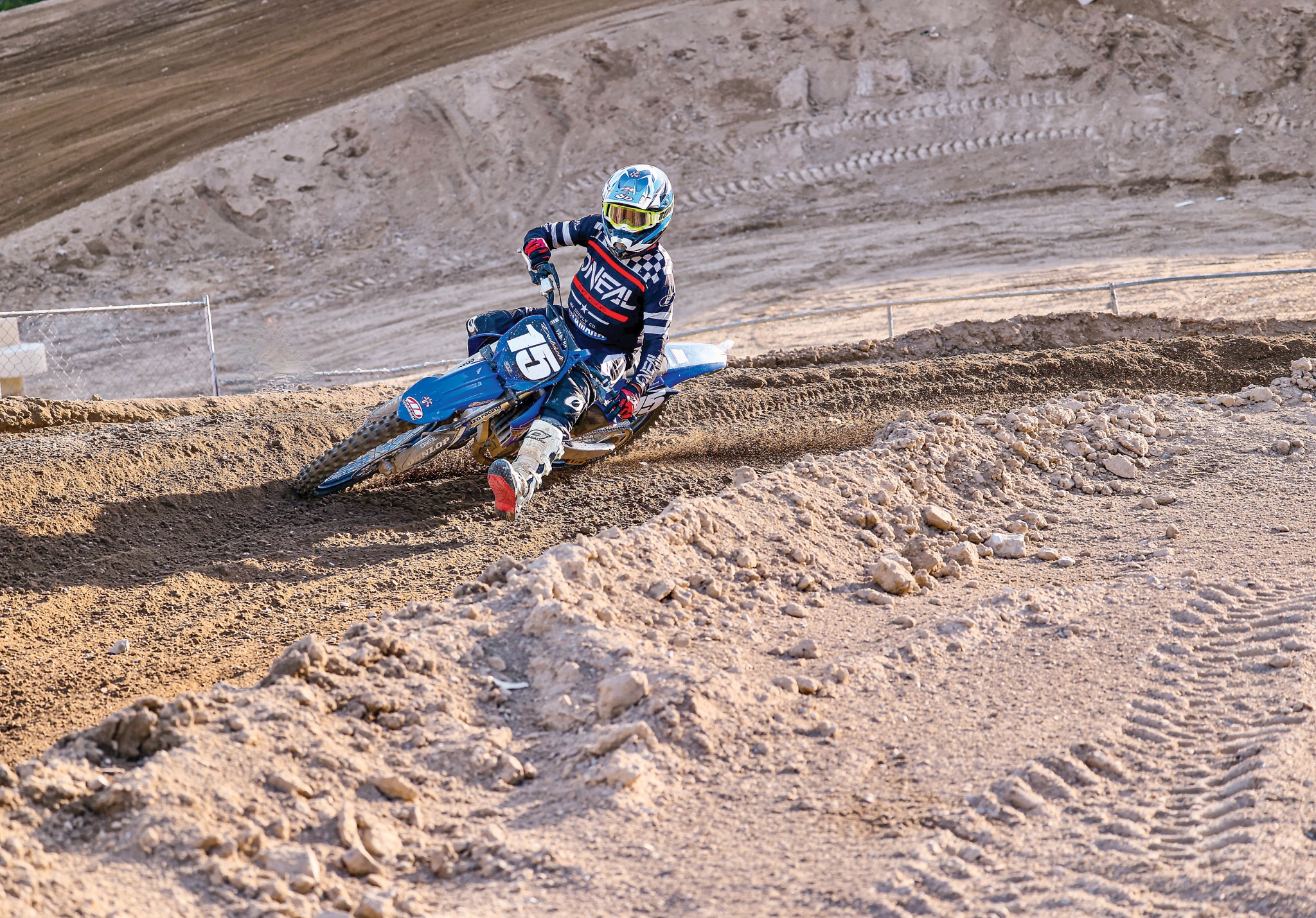
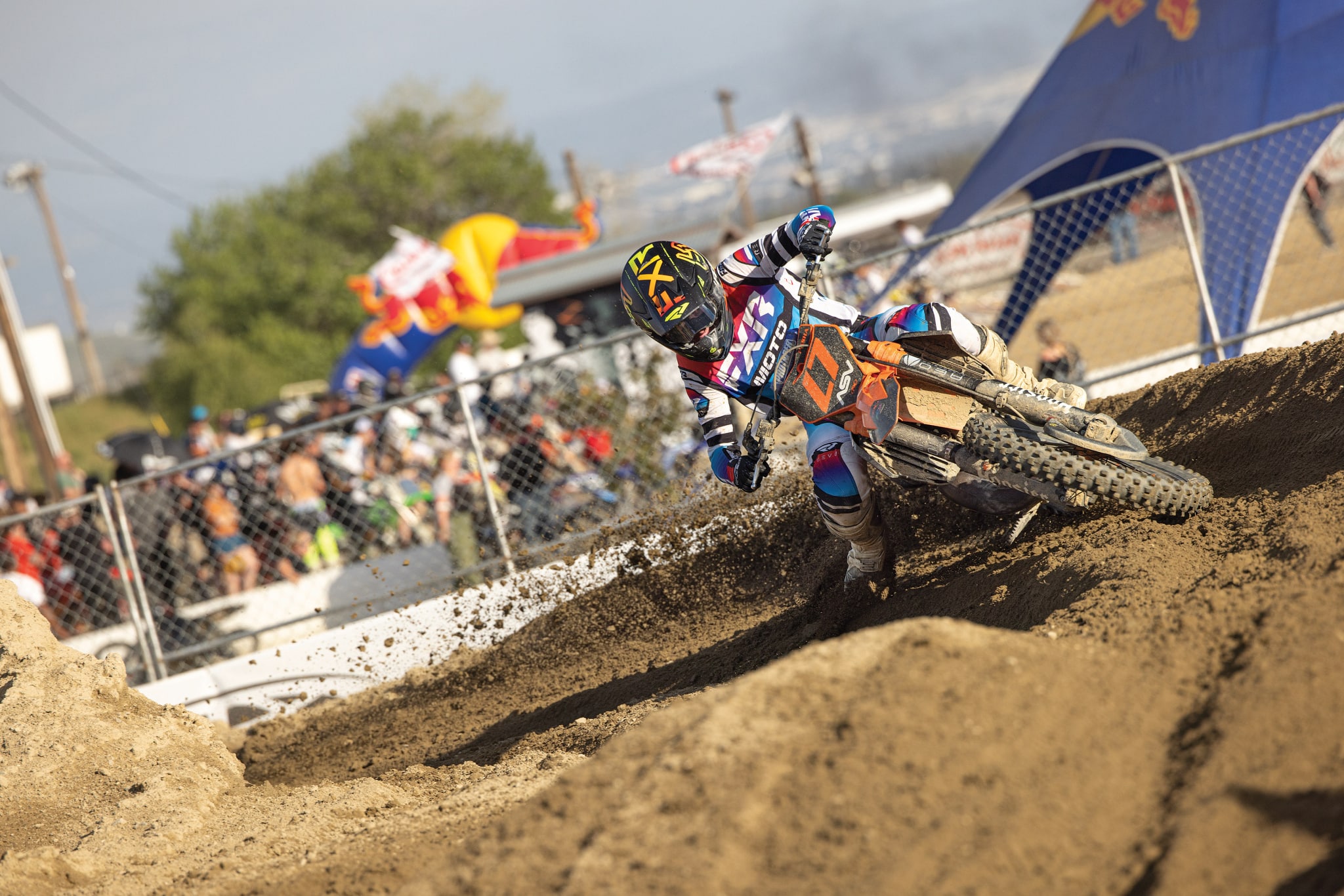
The total purse for the 2023 World Two-Stroke Championship was $25,000, with $8000 in prize money for the Open Pro class and $17,000 for the three Pasha Afshar-promoted 125 Pro classes for young riders, Over-30 riders and Over-50 riders.
THE TOTAL PURSE FOR THE 2023 WORLD TWO-STROKE CHAMPIONSHIP WAS $25,000, WITH $8000 IN PRIZE MONEY FOR THE OPEN PRO CLASS AND $17,00 FOR THE THREE PASHA AFSHAR-PROMOTED 125 PRO CLASSES FOR YOUNG RIDERS, OVER-30 RIDERS AND OVER-50 RIDERS.
It’s less than a year until the 2024 World Two-Stroke Championship, but why wait? You can join the underground today. Just call Dad and see if your old smoker is still under a tarp in the garage.


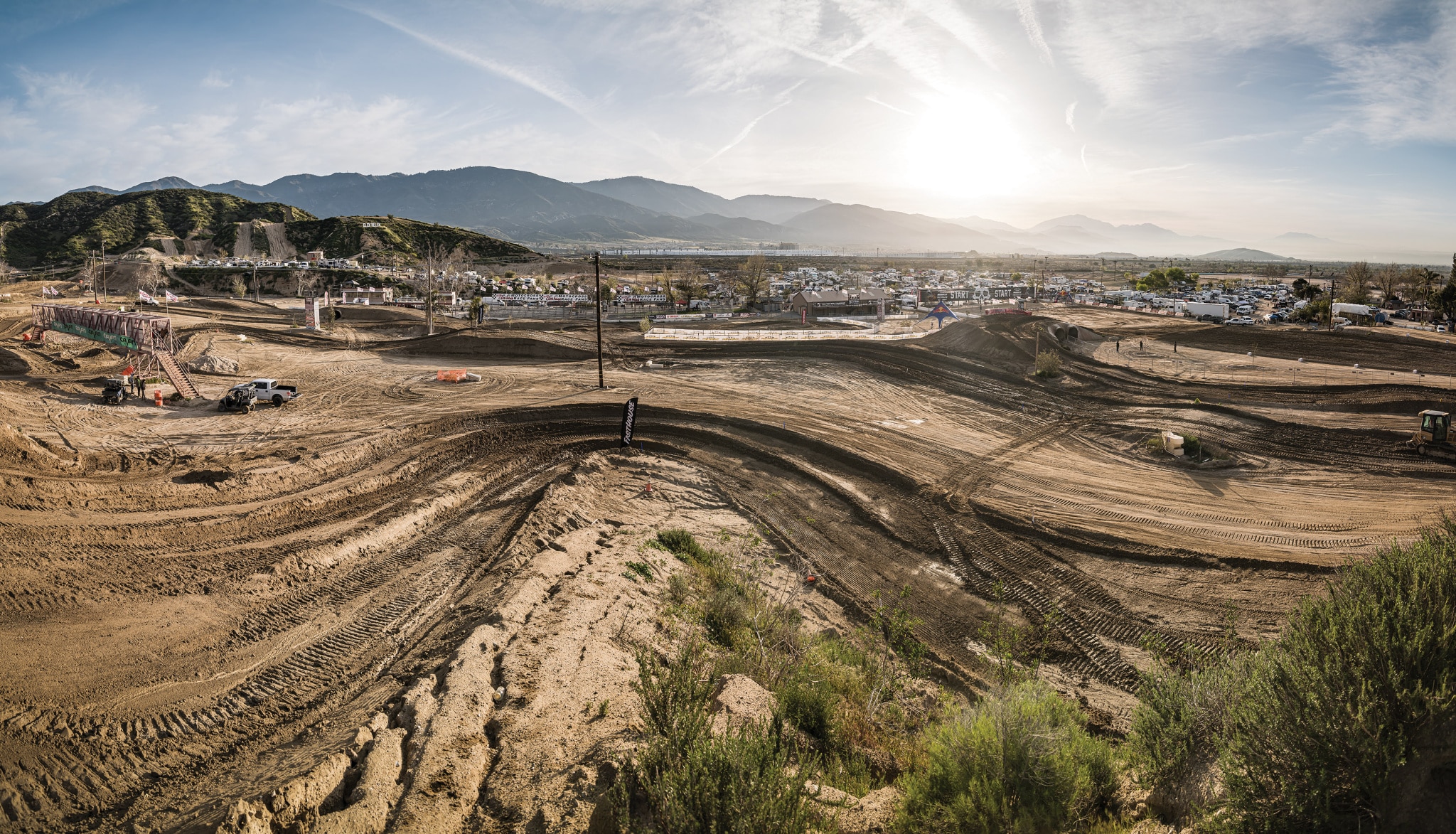



Comments are closed.